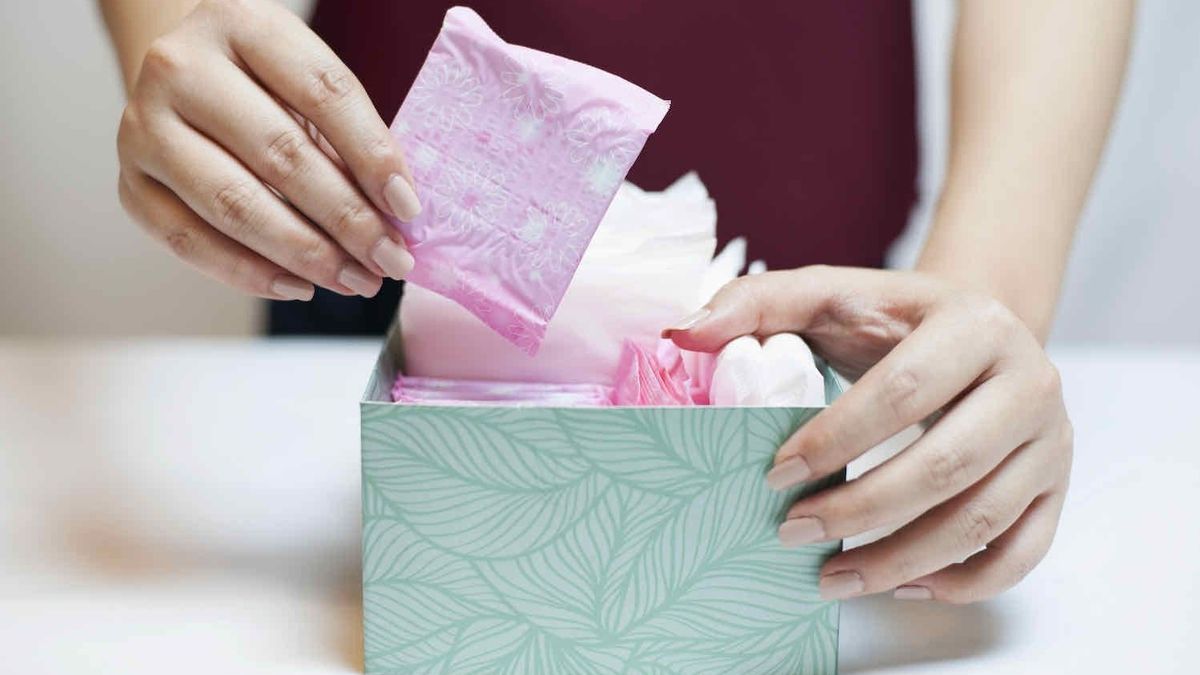
Bad news for all women: according to the latest survey by 60 Million Consumers magazine, many panty liners, towels and tampons still contain traces of unwanted substances.
This is one of the big subjects of the new special issue.60 million consumers”. Seven years after their first investigation, the magazine notes that hygienic protection still contains traces of substances dangerous to health.
70% of protections showed traces of undesirable substances
While they are part of everyday products, chemicals have been found in disposable pads, tampons and panty liners.
“In 2016, the magazine 60 million consumers was a pioneer on the subject by revealing, for the first time, the existence of potentially toxic residues (dioxins, glyphosate, etc.) in tampons and sanitary napkins from major brands. The problem is that seven years later, it is clear that these products are still not clean“, explains Amine Meslem, section manager.
And for good reason: after having carried out a battery of tests on 24 references of sanitary napkins, panty liners and tampons from major brands (Always, JHO, Nana, Nett, Saforelle, Tampax, Vania, etc.) and private label brands (Auchan, Carrefour, Lidl, etc.), the magazine reveals that 70% of the hygienic protection examined had one or more undesirable substances on the counter.
Products detected? Glyphosate, a potentially carcinogenic weedkiller used to destroy weeds, and dioxins, environmental pollutants suspected of being endocrine disruptors.
Organic is also incriminated
Organic protections are not spared from these chemical substances (glyphosate and/or its residue Ampa) and even get the worst marks: Saforelle tampons with organic cotton applicator get the meager mark of 9.5/20 Nett 100% cotton organic that of 6.5/20 and Tadam’ normal dermo-sensitive pads that of 6.5/20.
“Glyphosate or its residue, Ampa, has been detected in organic cotton, with or without a label. In fact, the claim does not imply that the absence of contaminants is guaranteed and is limited to cotton, other plant fibers contained in the product are not affected“, details the magazine.
The magazine specifies that if, at the levels where they detected the contaminants, “most brands stressed that their presence was not a cause for concern“, this knowledge remains very incomplete”when it comes to exposure through mucous membranes and the thresholds above which there is an endocrine disrupting effect“.
“Therefore, as a precautionary principle, we consider that it would be necessary for manufacturers to improve their manufacturing processes and the selection of their raw materials to guarantee the absence of dioxins or glyphosate, especially with tampons.”, concludes Amine Meslem.
